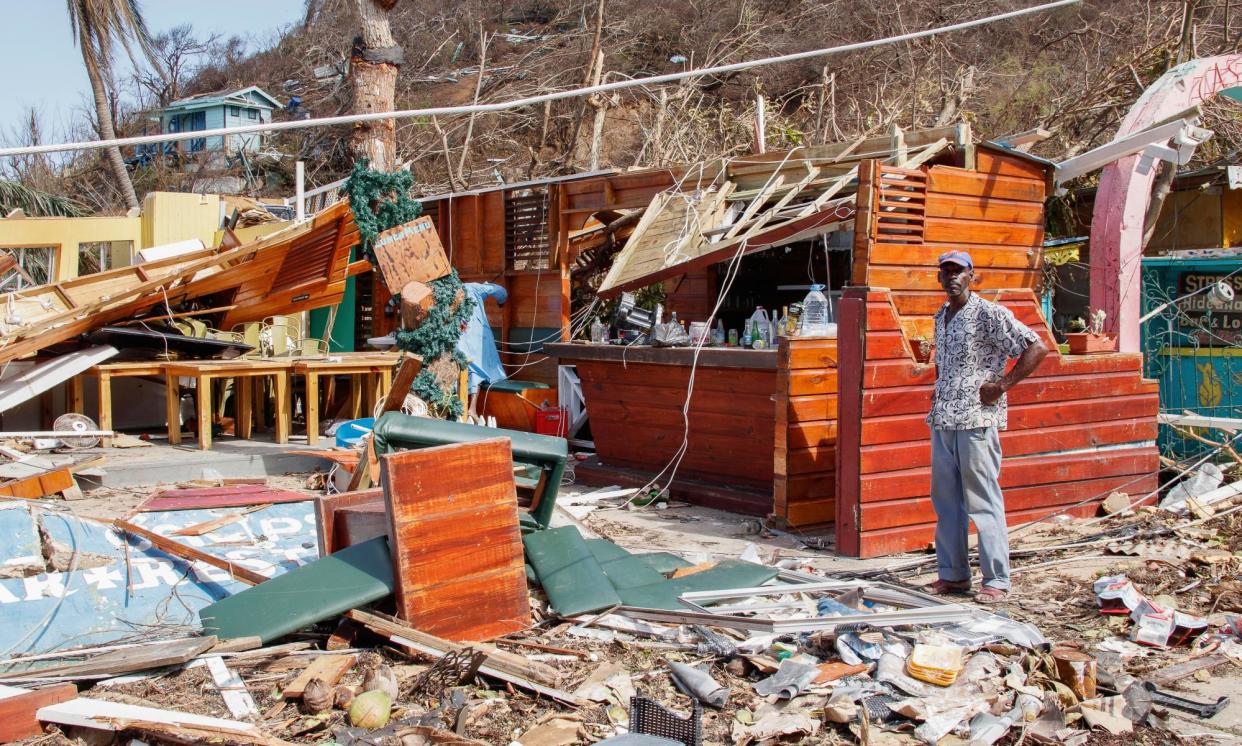Weather tracker: Hurricane Beryl causes devastation across Caribbean

Hurricane Beryl has caused devastation across a number of Caribbean islands over the past few days, becoming the earliest category 5 Atlantic hurricane in about 100 years of record keeping.
With maximum sustained winds of 165mph, it was upgraded to a category 5 hurricane on 2 July, which also made it the strongest Atlantic hurricane in that month, beating 2005’s Hurricane Emily, which recorded maximum sustained winds of 160mph.
The first places to be badly affected by Hurricane Beryl were Grenada and St Vincent and the Grenadines as it struck as a category 4 storm on Monday with maximum sustained winds of 140mph.
The destruction caused by these winds resulted in the deaths of four people, three of which occurred in Grenada. Some of its smaller islands such as Carriacou and Petite Martinique were more or less flattened with 98% of buildings on Carriacou damaged. Venezuela also had significant flooding, resulting in a further three deaths.
After passing through the Windward Islands, Beryl continued to march westwards during Tuesday before approaching Jamaica on Wednesday afternoon. The eye of the storm then tracked just to the south of Jamaica on Wednesday night bringing strong category 4 hurricane winds of 130mph across the southern part of the island resulting in hundreds of thousands of homes losing power.
Along with the winds, Beryl also brought hours of heavy rain across the island, causing significant flooding and damaging the crops of thousands of farmers. Hurricane Beryl is expected to continue to cause disruption as it moves across Mexico’s Yucatan peninsula on Friday.
Meanwhile in north-east India and Bangladesh flash flooding after torrential rains caused rivers to surge. Three million people have been affected, with nine deaths reported. Disaster authorities in India’s north-eastern state of Assam said eight people died on Thursday as heavy rain in the state of Arunachal Pradesh travelled downstream resulting in 2,800 villages being submerged.
Low-lying Bangladesh was also affected, with floods affecting 1.8 million across the country as 100mm of rain fell within the first three days of July in the country’s capital, Dhaka. The disaster management agency warned that waters would continue to rise through the rest of this week as the monsoon season continues.

 Yahoo News
Yahoo News 
